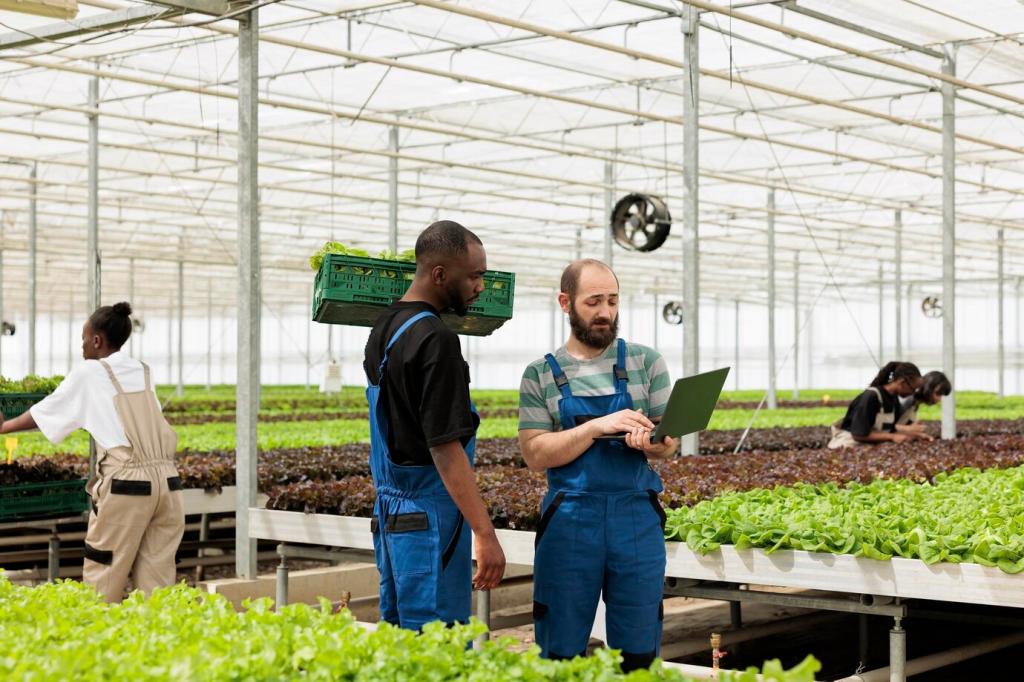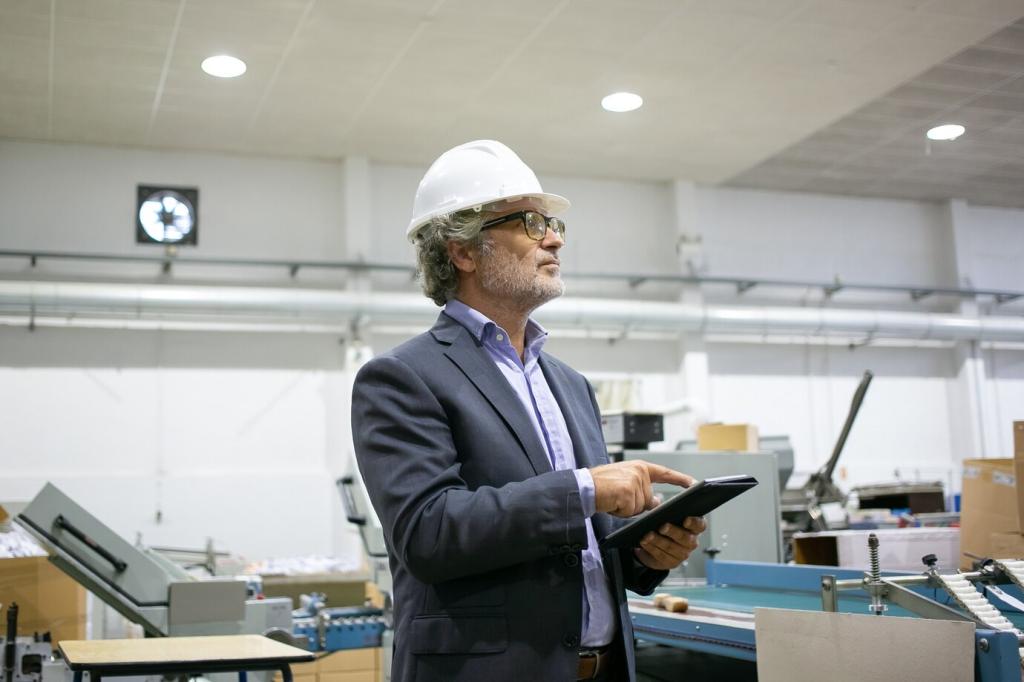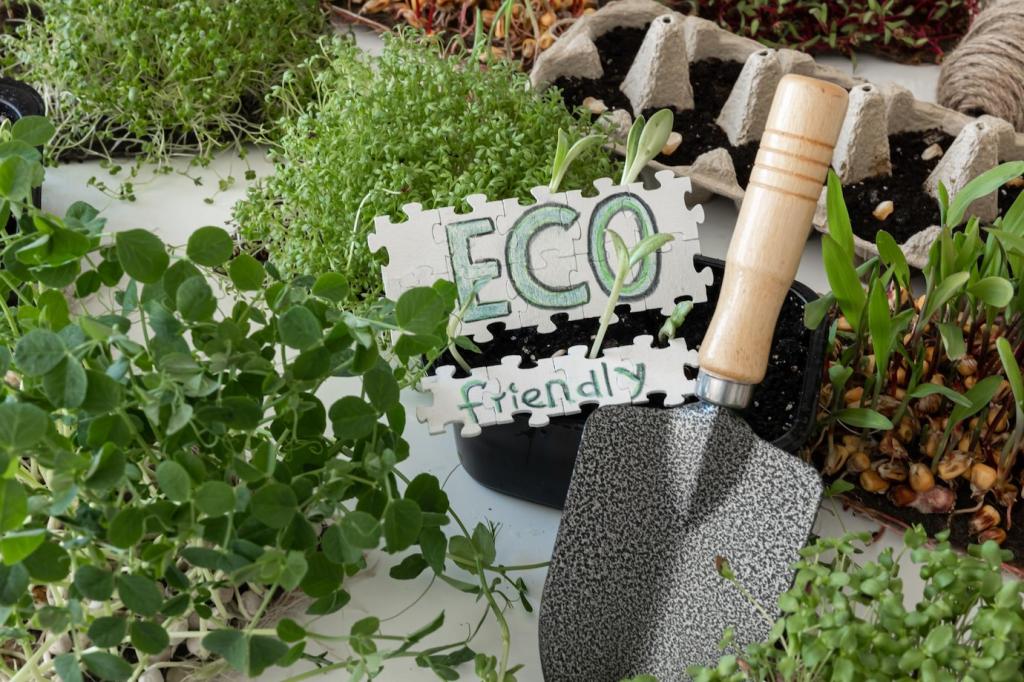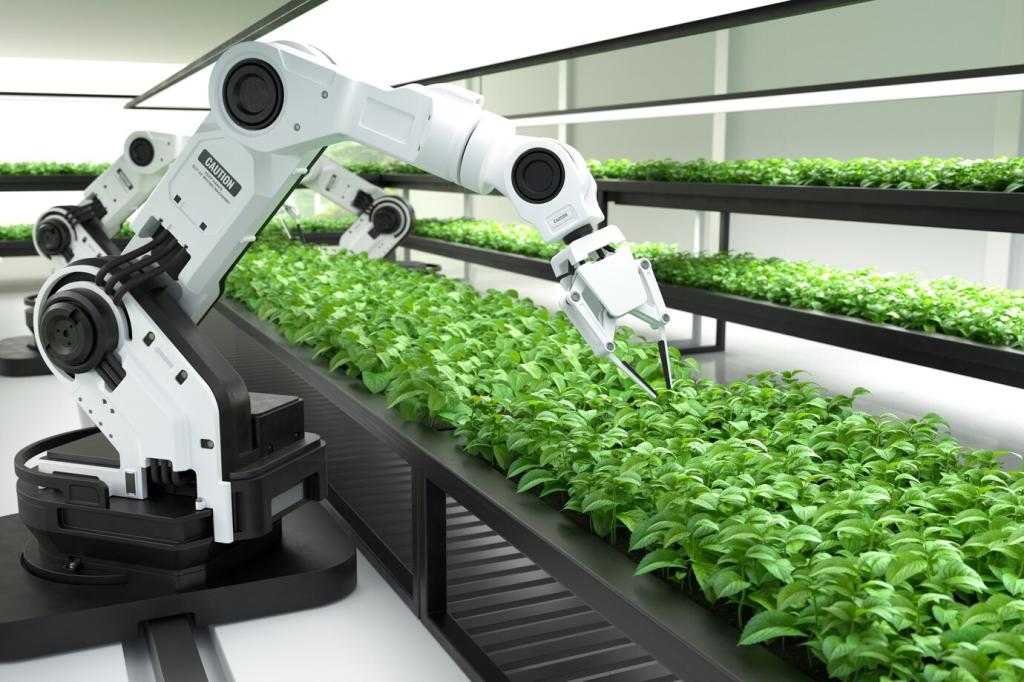
Powering Innovation with Less Power: Energy-Efficient 3D Printing Technologies
Chosen theme: Energy-Efficient 3D Printing Technologies. Welcome to a home for makers and engineers who want smarter prints, smaller footprints, and bigger ideas. Explore practical tactics, inspiring stories, and future-forward tools that help every layer count. Subscribe and share your wins as we print better—and greener—together.

From Prototype to Planet: The Hidden Energy Footprint
Beyond filament and resin, printers draw power for heated beds, chambers, hotends, motion, lights, and idle electronics. Small inefficiencies compound during long builds. Tuning warm-up routines, insulation, and cooling strategies can significantly shrink energy footprints without compromising reliability or part performance.

Metrics that Matter: kWh per Part and Beyond
Track energy per print with a smart plug or meter and relate it to build time, material mass, or part count. Meaningful metrics like kWh per kilogram help compare settings fairly. Share your baseline in the comments, then revisit it after each optimization to highlight real savings.

A Real-World Wake-Up: The Night the Printer Ran Idle
We once left a heated chamber on overnight after a late calibration. The print had finished hours earlier, but the fans and heaters quietly hummed along. A simple auto-shutdown script and a smart plug alert prevented future waste, saving energy and offering peace of mind.

Hardware Strategies for Lower Power Use
Efficient motion systems reduce dwell time and unnecessary accelerations. Well-tuned stepper drivers, adequate lubrication, and low-friction belts help your machine move smoothly. Shorter travel paths and vibration mitigation shorten print durations, trimming energy use without sacrificing dimensional precision or surface quality.
Hardware Strategies for Lower Power Use
Insulate the heated bed, use a fitted build surface, and block drafts to minimize heat loss. Consider lower-temperature materials when possible to avoid high chamber demands. A well-calibrated nozzle temperature prevents overshooting while maintaining good flow, avoiding wasted watts and degraded filament.
Process and Slicing Techniques that Save Energy
01
Choose layer heights that balance quality with speed, and adopt efficient infill patterns like gyroid or lightning where strength allows. Reduce travel moves with smarter path ordering. Fewer retractions and optimized seam placement can shorten print duration, directly lowering energy usage per finished part.
02
Batch prints to spread warm-up energy across multiple parts. Nest components to minimize dead space and travel, keeping the hotend working efficiently. Group jobs by material and temperature range to avoid repeated heat cycles. Share your favorite batching strategy to help others save energy.
03
Orient parts to reduce support structures and unnecessary overhangs. Dial cooling to the minimum needed for bridging and fine features, avoiding constantly high fan speeds. Intelligent support interfaces and breakaway geometries cut post-processing, time, and power, while preserving final part integrity.
Materials with Lower Thermal Demands
Choosing Filaments That Flow Cooler
PLA and certain PETG blends often print at lower temperatures than ABS, PC, or high-temperature nylons. For strength, consider annealable PLA alternatives or fiber-reinforced filaments that still avoid extreme heat. Share which material gives you the best strength-to-energy ratio for your applications.
Powder-Bed Perspectives
Powder-bed systems typically require sustained heat, but material reuse and dense nesting can offset energy per part. Keep the build volume busy to avoid heating cycles for small jobs. Careful scheduling and consistent chamber insulation improve thermal stability and overall energy performance.
Resins and Low-Energy Curing Considerations
Efficient LED light engines, sensible exposure times, and minimal over-curing reduce resin printer energy use. Darker resins may absorb light differently, requiring tuning to avoid excess exposure. Post-cure efficiently by batching parts, timing cycles carefully, and using reflective chambers to maximize light effectiveness.
Design for Additive Efficiency
Topology Optimization and Lattice Structures
Use simulation or generative tools to identify where material carries load and where it does not. Lightweight lattice cores and filleted transitions reduce mass and print time, trimming heater-on minutes. Tell us your go-to lattice style for strong, energy-aware parts that still look stunning.
Consolidating Assemblies
Combine multiple parts into a single optimized print to reduce reheat cycles and extra support fixtures. Fewer assemblies mean fewer starts and stops, and fewer warm-ups. We once merged a three-part bracket into one lattice component, cutting time and energy while improving stiffness.
Tolerance-First Thinking
Set realistic tolerances to avoid overbuilt walls and overly fine layers that demand long, power-hungry prints. Prototype critical interfaces early, then scale features pragmatically. This design discipline protects performance while keeping energy footprints reasonable across your production pipeline.
Measuring, Monitoring, and Sharing Results
Smart plugs and inline meters provide live power data and total energy per job. Connect readings to your print server or dashboard to correlate settings, temperatures, and durations. Document lessons learned and invite readers to compare numbers in the comments for crowd-sourced improvement.
Adaptive controllers will learn from temperatures, vibrations, and extrusion load to reduce overshoot and wasted motion. AI-assisted path planning can merge toolpaths, minimize air time, and predict failures early. Comment if you are testing any experimental slicers or control plugins pushing this frontier.
Future Horizons in Energy-Efficient 3D Printing
Waste heat can pre-warm enclosures, dry filament, or gently heat workspaces during cooler months. Thoughtful ducting and safe heat exchangers can capture energy you have already paid for. Share your safe, documented heat-recovery ideas or photos of circular lab layouts that genuinely work.
